Fighting whitefly with chemical and folk remedies
Small butterflies with milky wings only seem harmless - the population of voracious insects is growing exponentially, posing a serious threat to the future harvest. Two conditions play a key role in its salvation: a proven agent that protects against whitefly, and the timeliness of its use. Plants of open and closed ground are more often attacked by pests, but they can also settle on indoor flowers.
Signs of infection
The vast family of whiteflies numbers over 1.5 thousand representatives. Insects have the following characteristics:
- small size (on average, their body length is 1.3-1.8 mm, in the largest individuals it does not exceed 3 mm);
- taste preferences (plant juice);
- external similarity (the presence of 4 wings, which seem to be sprinkled with flour).
European gardeners are worried about about 20 species of whitefly. First, female insects settle on the plants. Their first priority is to lay eggs. They make clutches on the underside of the leaves. After 3 weeks, the larvae hatched from them, similar to small translucent gray scales, will turn into adult moths capable of reproduction.
Whitefly damages the plant at any stage of its development. Sucking out cell sap from its leaves, its larvae cause them to wilt and dry out. Young runs are most attractive to them, but, having destroyed them, insects will pounce on the rest of the plant. As a result of their vital activity, the upper part of the leaves located under the affected ones is covered with honeydew (honeydew). This sticky substance is an ideal breeding ground for the sooty fungus that makes it difficult for plants to breathe.
Adult whiteflies produce pollen. Getting on the leaves, it gradually eats away at their surface. The leaf plate becomes covered with black or yellow spots with a blurred outline and is deformed. The appearance of insects threatens plantings and dangerous diseases: the whitefly carries their pathogens on itself, and the plants weakened by it are not able to resist them. From flower cultures, moths are attracted by fuchsias, balsams, pelargoniums, orchids, begonias, and passionflower. In the greenhouse, they primarily affect tomatoes and cucumbers. The lack of favorite treats will not stop them - this pest is omnivorous.
The sooner the fight against moths begins, the less damage they will inflict. It is easy to find them, for this it is enough to regularly inspect the plants. Suspicious bushes can be shaken slightly. If a swarm of insects rises above them, it's time to sound the alarm.
When choosing remedies for whitefly, it is important to consider 2 points.
- Spraying is ineffective against adult pests. They simply scatter, hiding from poisonous solutions on neighboring plants.
- Insect larvae are in a strong cocoon, through which drugs designed to destroy sexually mature individuals cannot penetrate.
In the war against the whitefly, you cannot count on a quick victory. It will be won only when all the pests die, including the embryos in the eggs and the already hatched larvae. Even the most effective chemical agent does not always cope with the solution of such a problem with a single application. In order to achieve a sustainable result, the infected plants are treated every week.
Prevention
Whitefly remains active throughout the year, but the most dangerous period for plants begins in the middle of summer. The situation is aggravated by hot and rainy weather.The pest feels as comfortable as possible in the greenhouse, where high humidity and lack of ventilation join the abundance of food.
What will help prevent infection?
- Soil treatment with preparations with an insecticidal effect. It is carried out before placing plants in it.
- Compliance with the recommended planting scheme and timely weed removal. The whitefly settles more readily on thickened beds, since thickets impede air circulation and moisture evaporation. Indoor flower pots should also not be placed close to each other.
- Spraying flowering and fruit-bearing plants with biostimulants ("Amulet", "Epin") to strengthen their health.
Protecting the beds from the whitefly, some summer residents plant tobacco along their perimeter. It does not scare away insects, but it will become the first line of defense. Most of the swarm of moths colonize tobacco bushes, and the grower will have time to destroy the pests before they can seriously harm the plants in the beds.
Advice
Preventive and therapeutic spraying against whitefly should be carried out in dry, calm weather, so as not to create comfortable conditions for insects.
The eggs of the pest are insensitive to cold, but moths and larvae do not tolerate it. If the thermometer drops below 10 ° C, they will die. At first, insects that have appeared on indoor flowers can be fought by putting the pot on the balcony or opening the window wide. But this method is only suitable for cold-resistant plants.
Folk remedies for whitefly
Not all summer residents agree to use chemical agents to kill insects. The main argument of opponents of such a fight against whitefly is the unsafeness of preparations for plants. The harmful substances contained in them can accumulate in vegetables and berries, poisoning the crop. Therefore, during the period of their ripening, it is undesirable to use highly toxic compounds to protect plantings in the greenhouse and in the open field.
If the infection has not yet become massive, folk recipes will help to cope with insects.
Our ancestors chased the whitefly with infusions based on certain plants.
- Garlic. Grinding 100 g of its cloves, pour 0.5 liters of water into the container. To get an effective remedy for moths that have recently appeared on the beds, you will have to put the mixture in a dark place and wait 5-7 days. Before use on plants, the infusion is diluted with water (5 g per 1 liter). It is recommended to do 2-3 sprays, taking a 7-day break between them.
- Luke. Rubbing its head on a grater, 2-3 tbsp. l slurry is poured with 1 glass of hot water and put in a cool place. After 12 hours, the composition is filtered. They are sprayed with plants daily. The course of treatment is 7 days.
- Dandelion. You will need fresh leaves (50 g) and roots (40 g) of the plant. Finely chopping them, add 1 liter of water to the mass. After 2 hours, the infusion is filtered and used for spraying. The second treatment is performed a week later. You can insist the remedy for longer (up to 4 days), this will only increase its effectiveness.
- Yarrow. Putting its crushed leaves (80-90 g) in water (1 l), the mixture is left for 2 days. The plantings are sprayed with strained infusion. The frequency of treatments is the same as when using a garlic product;
- Tobacco (makhorka). It is poured with hot water (1 l) and stored in a dark place. After 5 days, the liquid is filtered. Plants affected by whitefly are treated with tobacco infusion often - once every 3 days. They stop spraying only when the pest is completely destroyed.
For the owners of greenhouses and greenhouses, bleach and tobacco are useful to combat whitefly.
- Dissolving lime in water (0.5 kg of substance per 12 liters of liquid), the resulting product is infused for 2-3 hours, and then it is abundantly sprayed on planting.
- Dry tobacco is mixed with ash and sprinkled on the soil under the plants.
Insects are afraid of laundry and tar soap.To get rid of them, plant leaves wipe it with a concentrated (1: 6) solution, paying maximum attention to their lower part. Before use, the composition is whipped well so that a thick foam appears. It is more convenient to apply it to the leaves with a sponge.
You can spray soapy water on the plants and the surface of the soil below them. In this case, it is not foamed. Just a few procedures with a weekly interval between them will solve the problem with the whitefly. Due to the high labor costs, this method is rarely used in the greenhouse and in the open field, but if the pest parasitizes indoor flowers, it can be used.
Mechanical and biological methods
Insect control in the greenhouse can be carried out using:
- Sveta;
- traps;
- smoke;
- fumigators;
- natural enemies of the whitefly.
Moths are attracted to the yellow color. If you hang traps covered with a sticky substance (rosin, petroleum jelly, castor oil, non-hardening resin, honey) in a greenhouse, some of the adult pests will settle on them without having time to lay eggs. You can make them yourself by cutting thick cardboard, plastic, plywood or wood into pieces and painting them in a suitable shade, or purchase ready-made ones. Ordinary fly tape will do. On indoor flowers, traps are installed using a metal or wire holder. Enough 1 fixture per window sill.
Advice
After the destruction of the pests, the traps must be removed so that pollinating insects do not come across them.
Fluid or plates from mosquitoes and flies are poisonous for the whitefly. They are easy to use. In a closed room (in a room or in a greenhouse), the fumigator is turned on, placing it as close as possible to the plants inhabited by moths. Mosquito coils will provide a similar effect.
Like all insects, the whitefly flies into the light. In the greenhouse, you can turn this weakness against her. In the evening hours, one person goes inside and shakes the affected plants one by one, while another sits at the exit, holding a blown-on blowtorch in his hands. Bumping into it, the moths burn out. The procedure is repeated every 2-3 days. During the day, pests can be scared away by pieces of foil. They are laid out under the plants, so that the sun rays reflected by them fall on the underside of the leaves.
The smoke method of fighting whitefly involves breeding a mini-fire in a tightly closed greenhouse. A piece of iron is placed on the ground, and a newspaper is placed on it, a few chips and a handful of makhorka or tobacco are poured. Having smeared the glass of the greenhouse with Vaseline, they set fire to the fire. Disturbed moths will flock to them and stick. In the morning, the glass is wiped, removing dead pests. If a bloom from tobacco smoke appears on the fruits, they are sprayed with clean water.
Whitefly is a favorite treat for ladybirds and lacewings. If you lure these beetles to the site, they will quickly deal with pests.
In the greenhouse, you can populate the worst enemies of moths:
- pupae of the wasp encarsia - this insect parasitizes on whitefly larvae, laying its eggs in their body;
- Macrolophus bug - it is very voracious and of all sucking pests it prefers whitefly. Macrolophus is equally effective at destroying its eggs, larvae and adult insects.
Chemicals
Chemicals against whitefly act quickly, killing sexually mature insects and larvae in a matter of hours. But their toxicity to humans and animals requires compliance with safety rules. Since the poisonous agents do not affect the eggs of the pest, the plants are treated with them several times (usually 2 procedures are carried out with a frequency of once a week).
In the fight against whitefly, the following drugs have proven themselves well.
- "Aktara". Destroys pests and protects plantings from them for 3-5 weeks. After dissolving the drug in water, water the plants with it. In case of severe damage, it is recommended to carry out additional spraying (3 procedures with a week break between them).To obtain the most effective remedy, the concentration of the drug is increased by 3-4 times.
- "Confidor" and its analogues ("Provado", "Marathon", "Commander", "Apploud"). Plants are watered and sprayed with a solution of the drug. It destroys pests in 1 application.
- Akarin. It is sprayed onto plantings. It is necessary to abundantly moisten the plant leaves from below. The best effect is ensured by the penetration of the stream of the agent into the cluster of whiteflies.
- "Verticillin Zh." The product is used for spraying. Re-processing is performed after 7-10 days.
- Fitoverm. The biological nature makes it the least dangerous drug for plants and humans. It affects many garden pests. It will take 1-2 sprays to completely destroy the whitefly.
- "Spark". Available in the form of ampoules with liquid, powder, tablets, sticks. Poisonous substances are absorbed by the roots of the plant, poisoning its juice. Provides a long period of protection (25 days). A single application is sufficient.
- Actellik. Results can be seen 3 days after spraying. The maximum number of treatments is 4.
The list of chemical compounds that will cope with the whitefly complements Alatar, Pegasus, Rovikurt, Fufanon, Inta-Vir, Zeta, Oberon, Mospilan, Top-Star, Tanrek.
Dichlorvos and aerosols with a similar effect ("Raid") will help to remove the pest on indoor flowers. When working with them, you must remember about safety. It is impossible to spray the product in living quarters; it is better to perform this procedure on the balcony. There is also an easier option - to put a plastic bag on the pot and put a piece of cotton wool treated with an aerosol inside. Having hermetically packed the plant, it is placed on the balcony or in a room where there is no one. The package is removed after 4-5 hours. After airing the flower, its leaves are washed with clean water. At first, it is better to keep the treated plant away from the rest of the inhabitants of the home garden. This will protect them from infection.
Fighting the whitefly is not an easy task, but it is still possible to win. There are many effective ways to destroy it, including folk recipes, the use of traps, light and smoke, the attraction of predatory insects, the use of insecticides. Which one to choose, gardeners decide on the basis of personal preference, area of damage and localization of plants. Not all methods that work on indoor flowers will work outdoors and in a greenhouse and vice versa.
In order to finally solve the problem with the whitefly, in most cases the plants will have to be processed several times. Insects quickly adapt to poisons, so chemical agents need to be changed often, and even better - alternate their use with traditional methods of destroying the pest. Particular attention must be paid to the prevention of infection, and then you simply will not need to look for a remedy against whitefly.
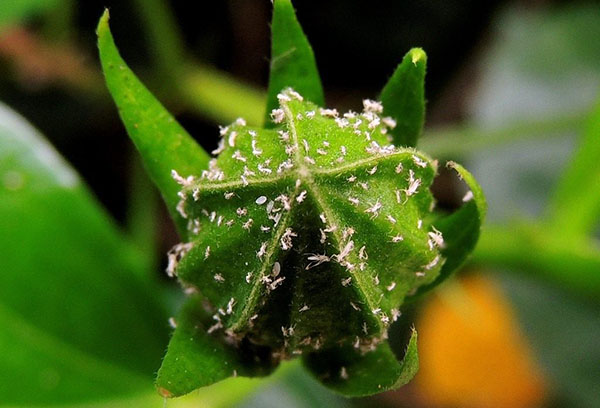
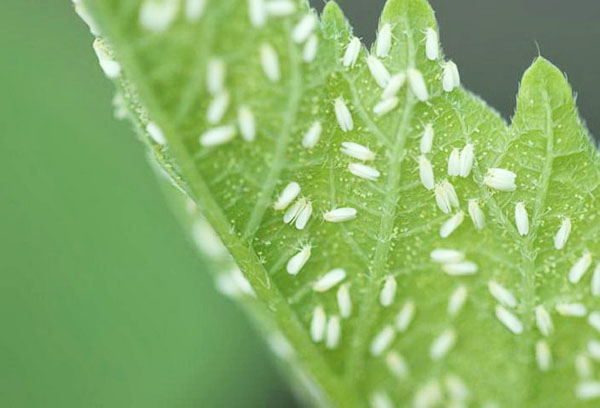
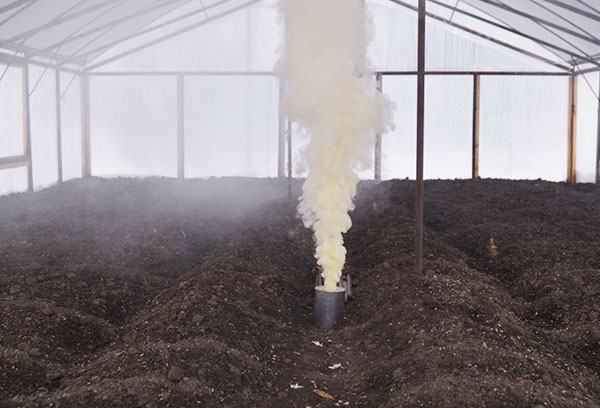
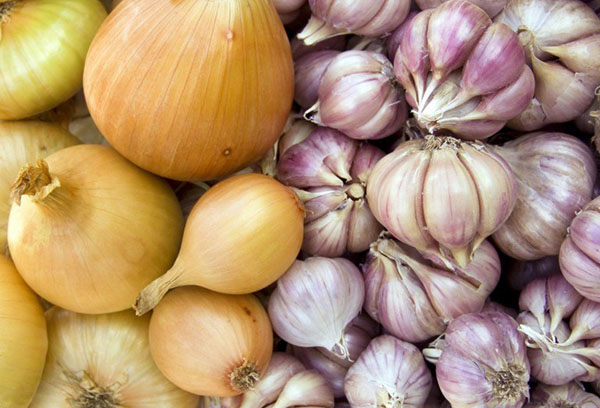
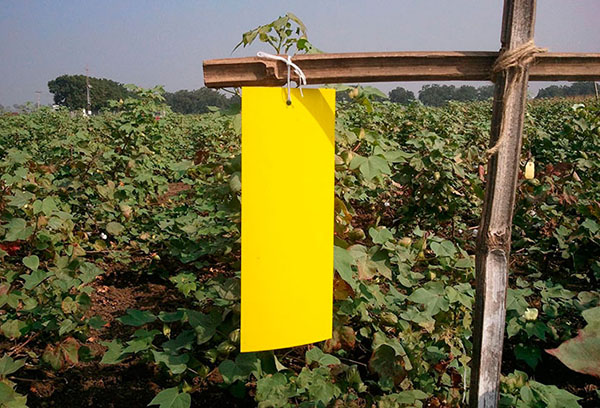
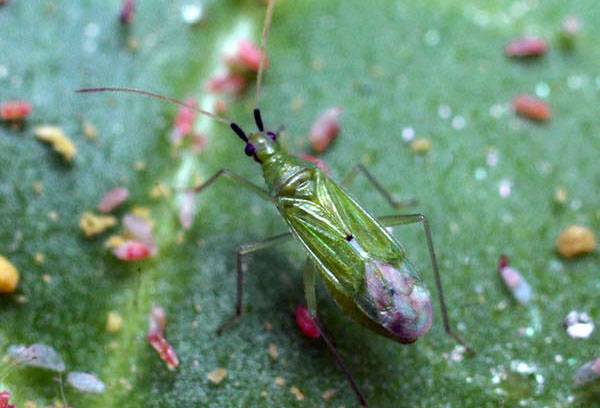
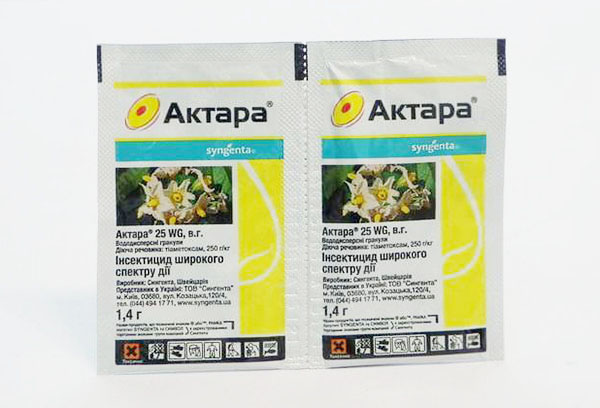
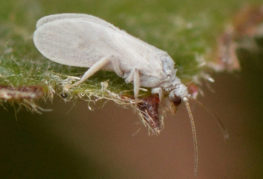
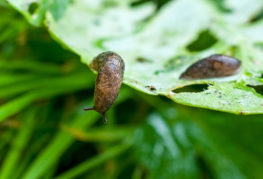
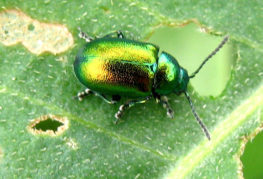
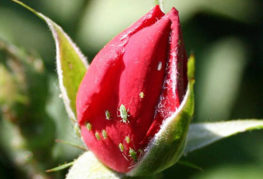
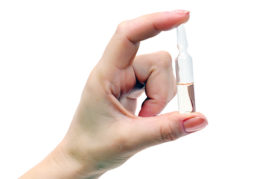
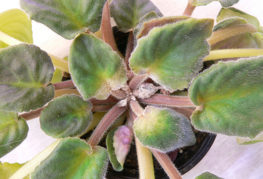
and will be published shortly.